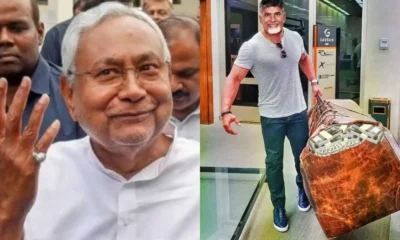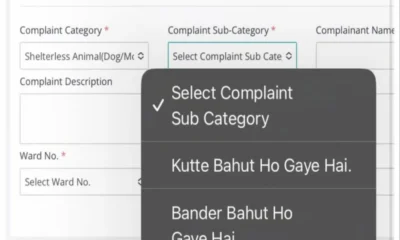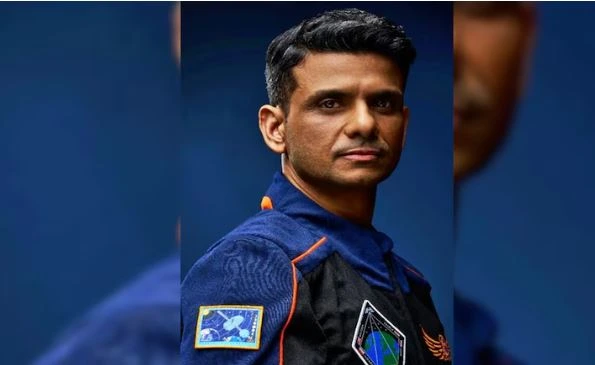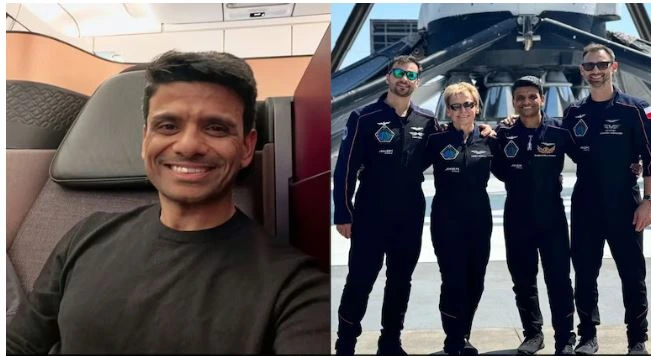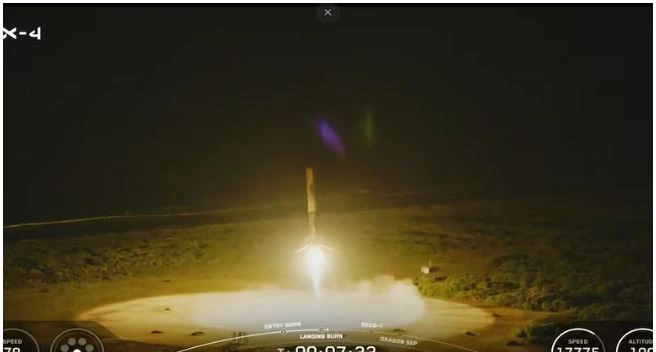Latest Science News
Viral: Memes skyrocket on Twitter as India celebrates successful launch ofChandrayaan-3
An achievement that will make India the fourth country to successfully land its spacecraft on the moon, demonstrating the nation’s capability for safe and controlled landings on the lunar surface.
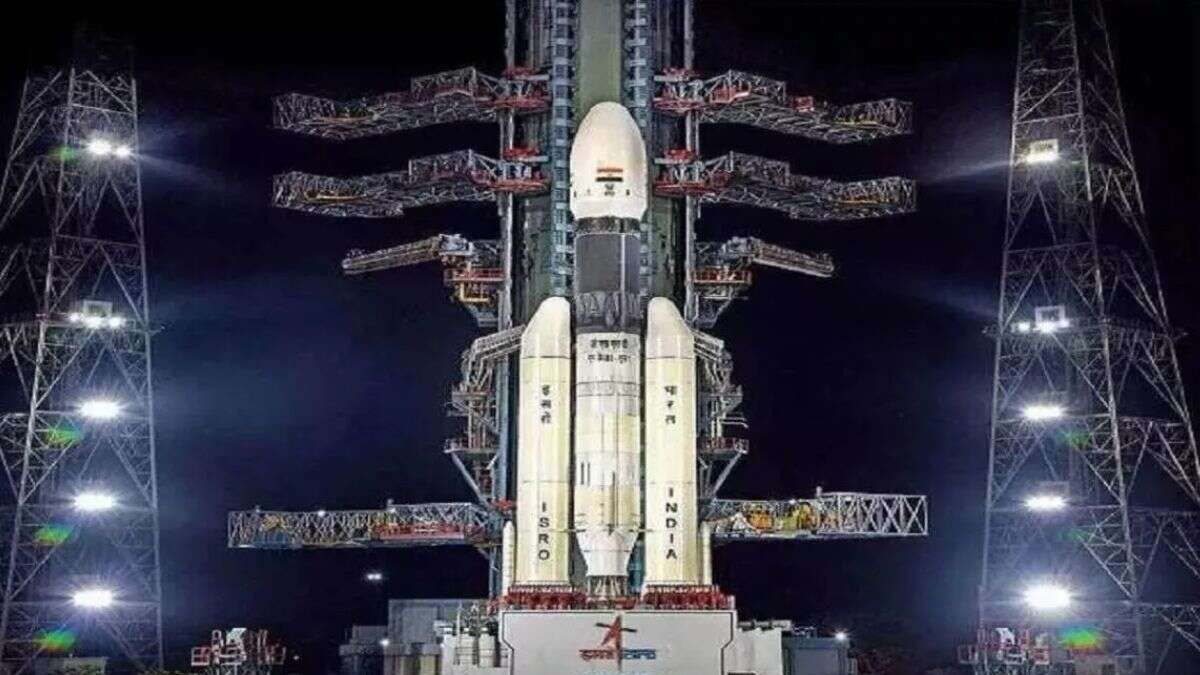
Latest Science News
Astronaut Shubhanshu Shukla to meet PM Modi after return from historic space mission
Astronaut Shubhanshu Shukla, who recently returned from the ISS as part of the Axiom-4 mission, will meet PM Modi this evening. Parliament will also hold a special discussion on his historic journey.
India News
Shubhanshu Shukla pens emotional note as he returns to India after space mission
Indian astronaut Shubhanshu Shukla penned an emotional Instagram post as he returned to India after his 18-day ISS mission, marking a milestone in India’s space journey.
Latest Science News
Shubhanshu Shukla becomes second Indian in space, lifts off for ISS aboard Axiom-4 mission
Group Captain Shubhanshu Shukla becomes the second Indian astronaut to travel to space after four decades, aboard the Axiom-4 mission to the International Space Station.
-

 India News22 hours ago
India News22 hours agoNew VB G RAM G Bill set to replace MGNREGA in Parliament
-

 India News21 hours ago
India News21 hours agoBJP demands Sonia Gandhi’s apology over Congress rally slogan targeting PM Modi
-

 India News19 hours ago
India News19 hours agoNitin Nabin terms BJP working president role a party blessing, thanks leadership
-
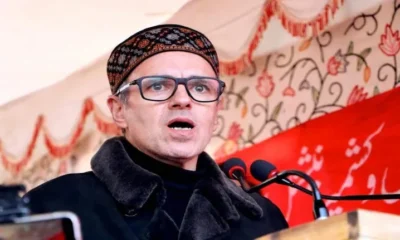
 India News19 hours ago
India News19 hours agoOmar Abdullah distances INDIA bloc from Congress’s vote chori campaign
-
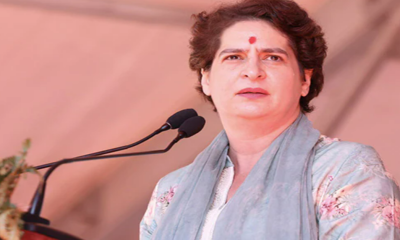
 India News16 hours ago
India News16 hours agoPriyanka Gandhi and Prashant Kishor held talks in Delhi after Bihar election setback
-

 Latest world news2 hours ago
Latest world news2 hours agoLuthra brothers deported from Thailand in Goa nightclub fire case
-

 India News2 hours ago
India News2 hours agoDelhi-Agra Expressway fog crash kills four, several vehicles gutted in Mathura pile-up







